by Savannah May 24,2025
Mere hours after first diving into FBC: Firebreak, I found myself indulging in a delicious cream cake. Unfortunately, as someone prone to mishaps, a dollop of cream landed directly into my blood orange cocktail, blending seamlessly into the drink. As I watched the cream swirl, I was transported back to the eerie corridors of the Federal Bureau of Control, firing bursts of liquid at the glowing red Hiss enemies. This whimsical connection is exactly the kind of imaginative leap that a visit to Remedy's headquarters inspires.
Remedy Entertainment, known for its diverse range of games from horror to sci-fi and neo-noir detective fiction, never shies away from embracing the absurd. Their latest venture, FBC: Firebreak, marks their debut in first-person and co-op multiplayer genres, and it's delightfully quirky. During a two-hour session, I obliterated foes with a murderous garden gnome and battled a towering sticky note monster. This experience solidified my belief that Remedy's knack for injecting weirdness into their games could set Firebreak apart in the competitive online shooter market.
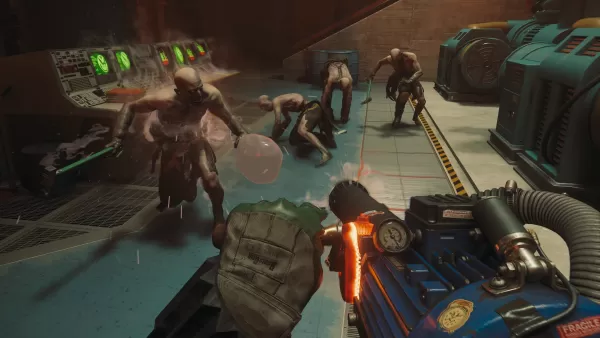
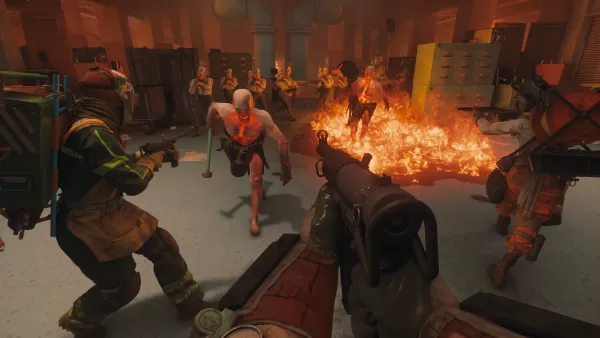 View 16 Images
View 16 Images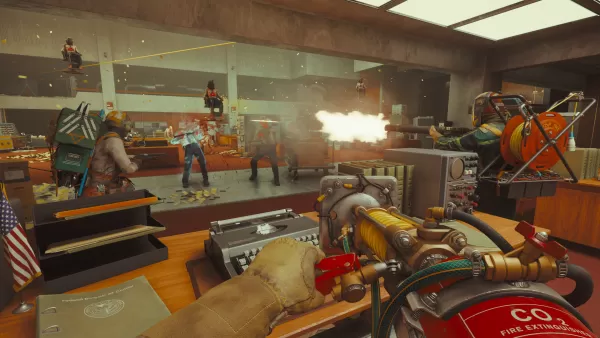
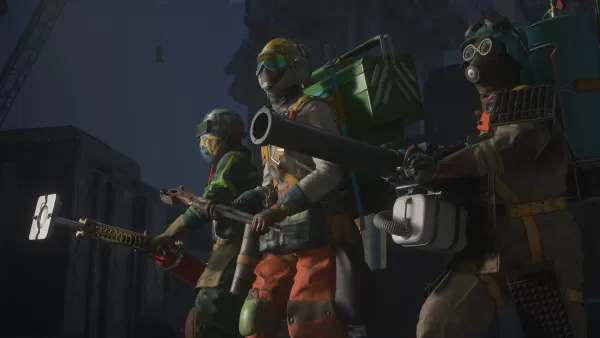

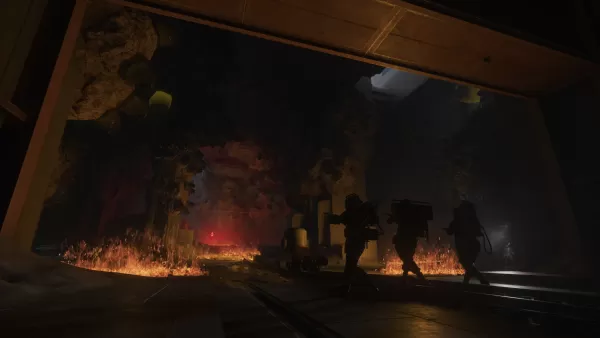
Set six years after the events of Remedy's 2019 hit, Control, Firebreak returns to The Oldest House. Fans of Jesse Faden's journey will recognize both the grand architecture and quirky details, from the brutalist pillars to Finnish folk music echoing through the bathrooms. In Firebreak, squads re-enter this mysterious government building to combat localized Hiss outbreaks, essentially acting as this universe's Ghostbusters, albeit with double-barreled shotguns instead of proton packs. Here, crossing the streams is not just allowed—it's encouraged.
Beyond the typical pistols and rifles, players can choose from three distinct "kits," functioning as Firebreak's classes. The Fix Kit lets you repair machines like ammo stations and healing showers (yes, FBC employees boost their health by getting drenched—a perfect example of the game's playful nature). The Splash Kit comes with a hydro cannon that can heal teammates and drench enemies, while the Jump Kit features an Electro-Kinetic Charge Impactor to stun foes. When these kits are used together, they unleash powerful synergistic effects, such as electrocuting water-soaked enemies.
Although Firebreak can be played solo, the game truly shines with three players working together. Missions, or "jobs," follow a consistent structure: enter, complete objectives, and return to the elevator. My initial task was to repair three faulty heat fans amidst enemy waves, a relatively straightforward job. However, missions like "Paper Chase" introduced more complexity, where we had to destroy thousands of sticky notes while fending off Hiss attacks. The notes could attach to us, causing damage—a literal death by a thousand paper cuts. Combining water and electricity to eliminate these notes efficiently showcased the game's clever use of elemental mechanics.
The third mission, set in The Oldest House's Black Rock Quarry, demanded the most teamwork. We had to shoot leeches off the walls to obtain radioactive pearls, which we then transported via shuttle. The mission was challenging, requiring constant communication, especially with the need for regular showers to cleanse radiation and the presence of instakill astral spike entities.
While the mission objectives are engaging, Firebreak's map design feels less intricate than Control's labyrinthine Oldest House. The more linear, smaller maps are easier to navigate in first-person, though they lack some of the original's unpredictable charm. Subsequent visits to the maps unlock further clearance levels, introducing new chambers, objectives, and tougher foes, including bosses like the giant sticky note monster. These encounters emphasize teamwork and strategic thinking, reminiscent of certain missions in Space Marine 2.
Firebreak continues to embrace the weirdness of everyday objects turning into threats, with corrupted items spawning randomly. Although I didn't encounter any during my playtime, the concept of a rubber duck redirecting enemies or traffic lights dealing heavy damage adds a quirky twist to the game's atmosphere.
The game's loadouts offer zany tools unlocked through mission completion, such as the Splash Kit's Teapot, which burns enemies with superheated globules, and the Jump Kit's garden gnome, which unleashes an electrical storm. These abilities can lead to chaotic but enjoyable gameplay, though sometimes the screen becomes cluttered, making it challenging to maintain tactical precision. The developers are aware of these readability issues and are working to improve them before the June 17 launch.
At launch, Firebreak will feature five jobs, with two more promised by the end of 2025. Game director Mike Kayatta describes them as "game modes" rather than missions, offering depth and replayability through multiple clearance levels and evolving objectives. Priced at $39.99 / €39.99 / £32.99 and available on Game Pass and PlayStation Plus, Firebreak promises substantial value for both Control veterans and newcomers seeking a unique shooter experience.
Navigating the crowded field of online co-op shooters is no small feat, but Firebreak's solid foundation and Remedy's distinctive quirky charm give it the potential to carve out its own niche. Much like that unexpected dollop of cream transformed my cocktail, Firebreak's blend of gameplay and creativity could prove equally delightful.
Mobile Legends: January 2025 Redeem Codes Released
Pokemon TCG Pocket: Paralyzed, Explained (& All Cards with ‘Paralyze’ Ability)
Android Action-Defense
Brutal Hack And Slash Platformer Blasphemous Is Coming To Mobile, Pre-Registration Now Live
Pokémon TCG Pocket Is Dropping a Trade Feature and Space-Time Smackdown Expansion Soon
Mythical Island Debuts in Pokemon TCG, Time Revealed
GWENT: Top 5 Decks for 2025 - Strategies Revealed
Marvel Rivals Showcases New Midtown Map

Vô Cực Đại Chiến
Download
Lunch with Ronan mod
Download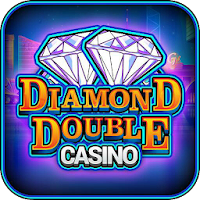
Diamond Deluxe Casino - Free Slot Machines
Download
Shopping Mall 3D Mod
Download
Priya’s Awakening
Download
Flight Pilot: 3D Simulator
Download
Flight Pilot: 3D Simulator
Download
L.A. Story - Life Simulator
Download
teen patti travel
DownloadSony Unveils Official PlayStation Wireless Speakers
Dec 24,2025
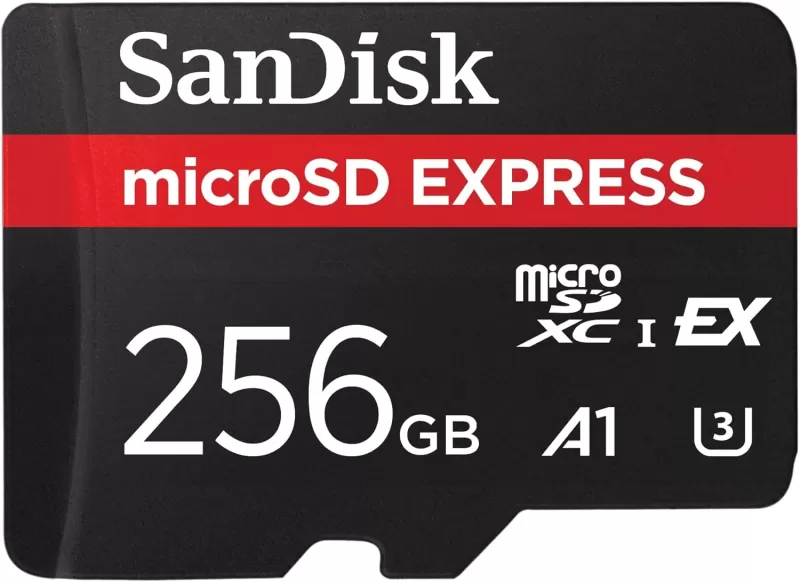
Cyberpunk 2077 to Fill 64GB, a Quarter of Switch 2 Storage
Dec 24,2025
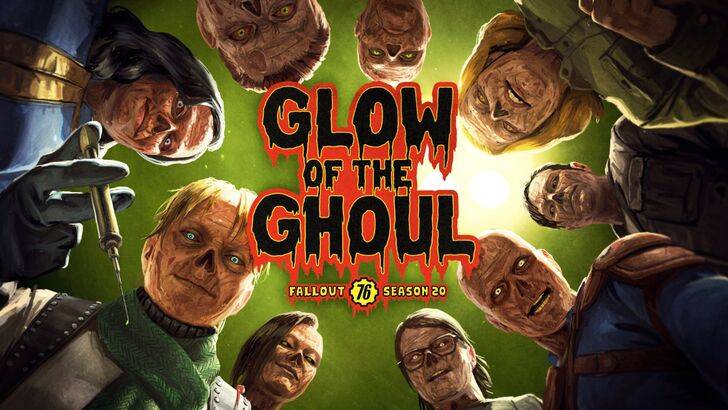
Fallout 76 Unveils New Ghoul-Themed Update
Dec 23,2025

Climate Game Atuel Launches on Android (Note: "Surrealist Documentary" was removed to meet 50-character limit.)
Dec 23,2025

Apple's OLED iPad Pro with M4 Chip Drops in Price
Dec 22,2025